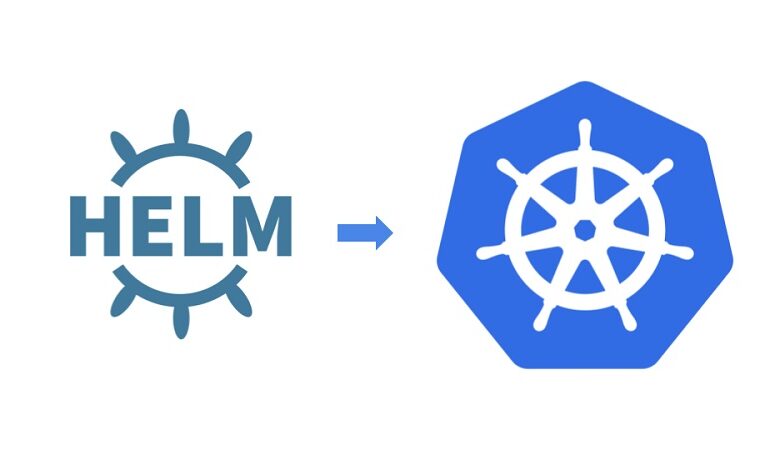
Helm is a potent tool for managing the ever-increasing complexity of deploying and running Kubernetes-based cloud-native applications. It enables the application structure to be described using convenient helm-charts and managed using simple commands. More than 70% of Kubernetes users use Helm to deploy their apps.
Cloud-native pipeline solutions are undoubtedly helpful for organizations looking for an efficient way to scale their enterprise-grade and state-of-the-art production procedures. This is where helm charts and repositories come in. Read on to find what Helm charts and repositories are and how Helm repositories benefit the usage of Your Helm charts.
What Are Helm Charts?
Helm charts are collections of templates for various Kubernetes resources that collaborate to build an application. Instead of generating multiple YAML files for each app, you can construct a Helm chart and have Helm deploy the app to the cluster for you. Hence, when you are building and deploying apps, Helm Charts will provide the ability to leverage Kubernetes packages with just a click of a button or single CLI command. They make it easier for developers to distribute apps and end users to install them.
Helm chart helps to:
- Speed up the adoption of cloud-native applications
- Boost the developer’s productivity
- Reduce several deployment complexities
- Enhance operational readiness
Why Do You Need Helm Charts?
With Helm, charts are the application packages collected and stored in a Helm chart repository. Teams that use Helm charts don’t need to maintain an application catalog. The Helm charts can easily be shared within an organization, helping to eliminate duplicate efforts. Sharing Helm charts also facilitates the deployment of similar application stacks across different parts of an organization without spending days configuring and setting up dev environments. Also, Helm charts provide various ready-to-use packages to build applications that can help in reducing errors. Users can also set default configurations for some components and change configuration through a unified interface with Helm charts.
Benefits of Using a Helm Repository
Helm repositories are significant for local, virtual, and remote chart support. Once integrated into your Kubernetes build, you can instantly use various programming features to speed up your overall program results.
Enhanced Security and Privacy
Local Helm repositories provide security and privacy, allowing organizations to share Helm charts with fine access control throughout the organization. Helm repository, for example, restricts users’ ability to view resources through cluster-wide authorizations or specific credentials. This implies that developers only have access to qualified resources to work with. Furthermore, remote level helm repositories help aggregate local and remote resources in a virtual Helm repository. It makes it easier to access Helm charts through a single URL.
Full Automation
Automated solutions assist you in simplifying and optimizing required scripts for your program. Helm repositories enable complete automation and optimization of software delivery when using Helm charts for the deployment of apps on Kubernetes. Thanks to automated software development, these scripts can run more efficiently, be more understandable, and be easier to maintain across your system.
Built For Enterprises
For modern development teams, scalable systems vastly improve Kubernetes programming. Helm repositories provide a high level of stability and reliability that can accommodate any number of interactions or users and builds servers. Besides this, advanced replication functionality assists any network topology across several regionally distant websites. It also aids in disaster recovery all over the world.
Universal Solution
The Helm repository supports all key package formats, allowing for full-featured artifact management and comprehensive metadata for any development technology.
Improve System Access Control
Helm chart repositories enhance system access control throughout the Kubernetes development process. You can access multiple role-based access control features within your system via an integrated Helm repository. In addition, helm charts enable you to give privileged operations to administrators. These are critical for development teams to build on reliable and secure ecosystems. Privileged operations allow you to make new resources or roles for your software program on a cluster-wide basis.
Final Thoughts
Helm has proven to be a worthy tool in maintaining today’s complex infrastructures. The helm repository offers enhanced privacy, high availability, scalable storage, complete automation, and access control. Moreover, it provides enterprise-ready and advanced repository management for all Helm charts. Overall, Helm’s efficiency and ease to Kubernetes make it an ideal complementary tool. However, it’s sufficient to say that Helm still has many undiscovered potentials to offer.




